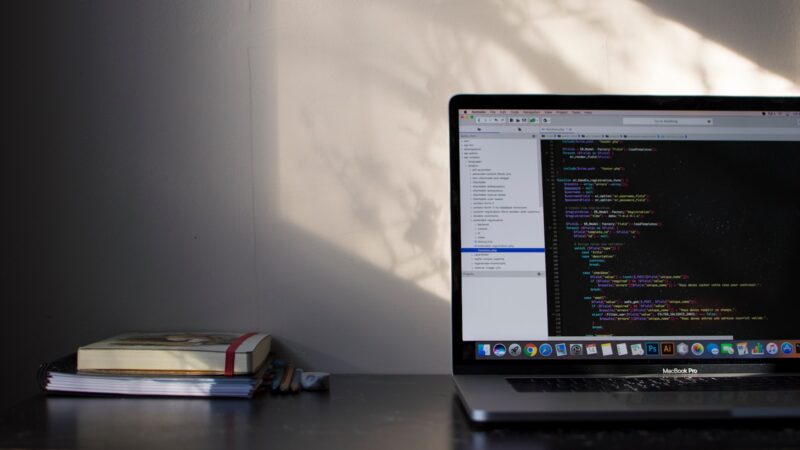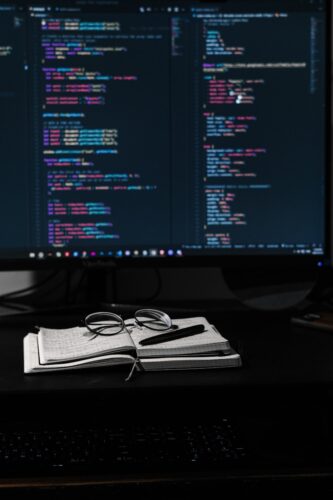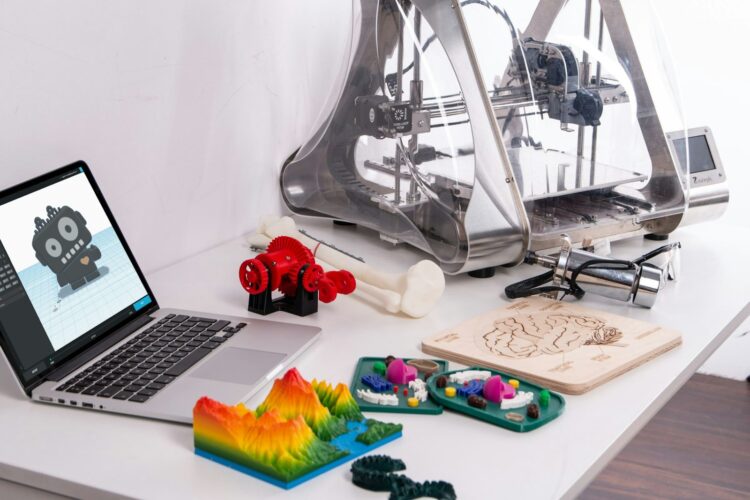Testing is a crucial part of software development, and it is essential to ensure that your React components work as expected. However, testing React components can be a challenging task, especially for developers who are new to testing. In this article, we will discuss some best practices for testing React components that can help developers write effective tests and improve the quality of their code.
- Test small, single-purpose components first: When testing React components, it’s best to start with small, single-purpose components that are easy to test. This will allow you to create more targeted tests and identify issues more quickly.
- Use snapshot testing: Snapshot testing is a useful technique for testing React components, and it allows developers to take a snapshot of a component’s output and compare it to a previously saved snapshot. This can help to identify changes to a component’s output and ensure that the component is rendering as expected.
- Use mock data: When testing components that rely on external data, it’s essential to use mock data to ensure that the component behaves as expected under different conditions. This can help to identify issues with data handling and ensure that the component responds appropriately to different data inputs.
- Test user interactions: User interactions are a crucial part of many React components, and it’s essential to test how the component responds to different user inputs. This can be done using tools like Enzyme or Cypress, which allow developers to simulate user interactions with the component and test how it responds.
- Test accessibility: Accessibility is an essential aspect of web development, and it’s crucial to ensure that your React components are accessible to users with different abilities. This can be done using tools like axe-core or react-axe, which can identify accessibility issues and suggest solutions.
- Keep tests small and focused: When writing tests for React components, it’s essential to keep the tests small and focused. This will make it easier to identify issues and ensure that the tests are testing the specific functionality of the component.
- Run tests frequently: Testing should be an integral part of the development process, and it’s essential to run tests frequently to identify issues as early as possible. This can be done using tools like Jest, which can automatically run tests when changes are made to the codebase.
In conclusion, testing React components is a crucial part of software development, and it’s essential to follow best practices to ensure that your tests are effective and your code is of high quality. By testing small, single-purpose components, using snapshot testing and mock data, testing user interactions and accessibility, keeping tests small and focused, and running tests frequently, developers can write effective tests and improve the quality of their code.













One Response
I need to to thank you for this good read!! I certainly enjoyed every little bit of it. I have got you book-marked to check out new things you postÖ